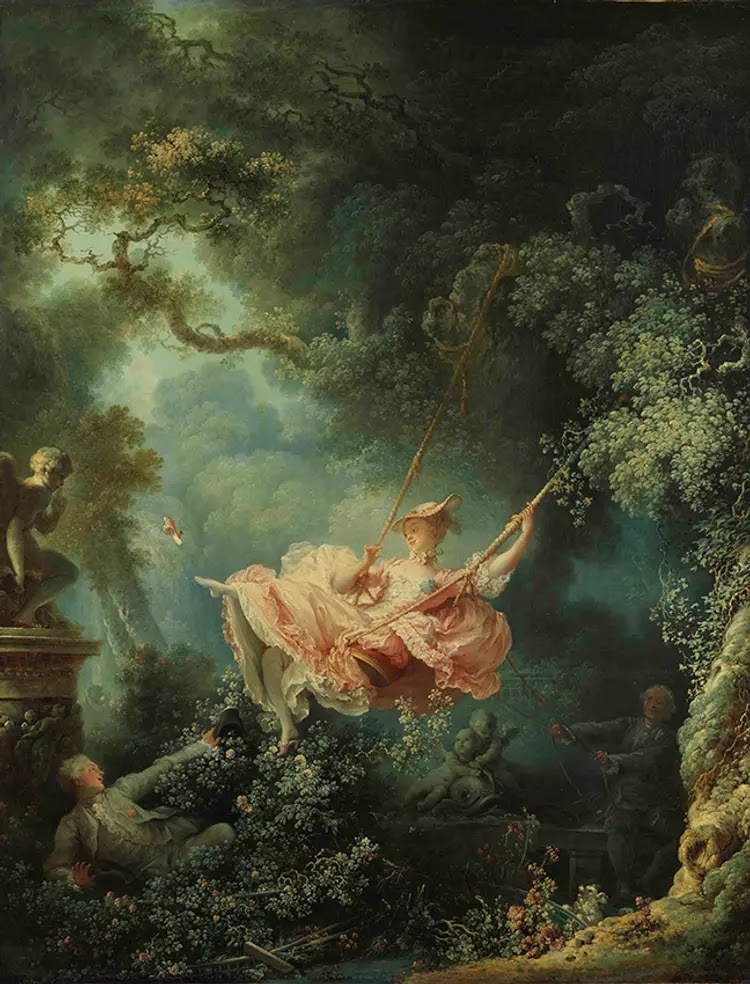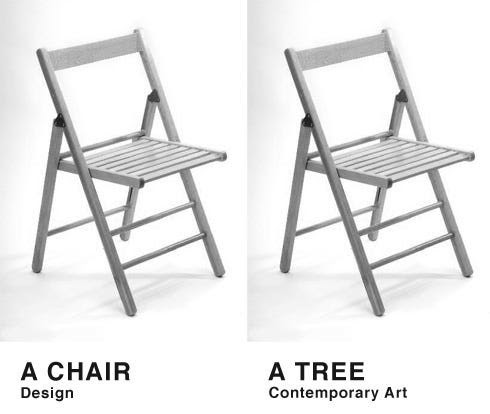A human connection to interface design
There are strong precedents for the reading of desire paths in design. Computer software development gives us one model for taking advantage of user feedback. “The desire path is the most common metaphor I use to explain how to introduce new tech to users” says one designer.
In general, it can happen very often that designers will assume that they know what people need for successful navigation of a site. But emergence of successful way finding is continual, and software developers are always in search of new interface architectures. Their research takes advantage of measuring tools which evaluate efficiency. Heat maps measure and record where peoples’ eyes move and locate as they use a site, and click-through pathways show how closely use patterns match up with the design intent of a site. “When you put barriers in the way of your users, [for example] in the form of content they are not interested in,” there is a measurable limit to how much time and effort they will invest in finding their way around before leaving your site, “even if your organization thinks that content is your central mission.”
In some circles, this type of human-computer interaction has become known as paving the cowpaths. Developers investigate “users’ mental modes of site structure” in order to understand the behavior paths instinctively followed(5), and have learned that rather than influencing user behavior, it is better to allow for site interfacing which instead simply reflects observed behaviors.
The idea that authorship is less important to designers than efficiency has roots in open source culture, the foundation of internet usability, and, increasingly, a norm in professional and cultural collaboration. “Open data started as simple file sharing…where datasets were linked through common formats, and available to anyone for download.” Open source is a malleable infrastructure which works like a “road network” of user “footstreams,” always evolving through repeated optimization.
Returning to the physical environment, snow is often where we see desire paths being traced anew. One detailed account of desire path observation used by planners involved geography graduate students at the University of Toledo, who observed and recorded transit patterns of students crossing the main quad left in the snow all winter. They kept track of use patterns by counting students and mapping pathways and their relative strengths. The new layout was transposed to the site and built in the summer.
Desire paths are very old and very new. They are the word on the ground and record peoples’ particular interpretations of time and place. For groups who want to learn more about how individuals and communities move around in their space, they are a source of information. People are fond of desire paths because they are light-hearted, even humorous, at times poetic, and tend to have a bias of common sense in place. And they are a plainly visible language accessible to designers and planners.
(Source: https://www.seattlelandscaping.com/landscapearchitectureblog/2016/3/2/desire-paths-part-2)









































